Strong focus on cow fertility at Aussie farm
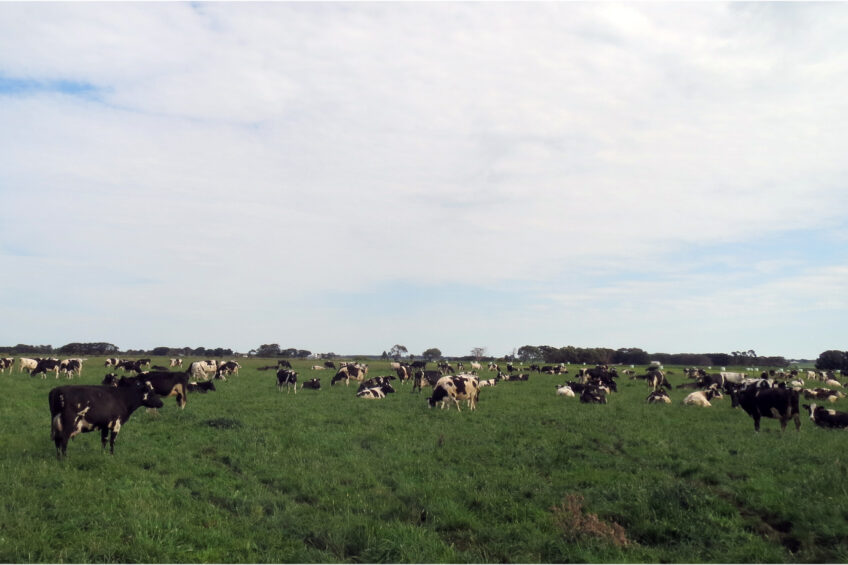
The profitability of the dairy farm, owned by Australian Darran Farley is good. Farley keeps a close eye on costs and has great results on the percentage of cows that become pregnant. However, a successor is not there, so the future of the farm is unsure.
Darren Farley hardly invested in buildings. His property houses a rented out home and 3 little sheds with sheet pile walls. At the highest point of the home lot, around a 100 metres away, there are 2 relatively new, open field barns. Farley uses the first to store his mechanisation and the second to store round bales of hay. 1 of the sheds hides a milking parlour which is about 30 years old, with room for a milk tank in front of it. The parlour is a 2 x 20 swingover, covered with sheet piling. The largely hardened waiting area is completely situated outdoors. An electrical fence allows the cows access to the waiting area for several hours a day.
“Before I start milking, they have wandered over here from the pastures,” says the Australian. “When I have to go fetch the animals, it means they are ill.”
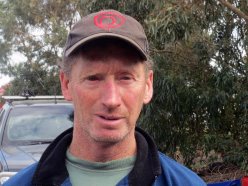
Name: Darren Farley (53)
Residence: Rosebrook (Port Fairy), Victoria, Australia
Company: 220 Holstein dairy cows on 224 hectares of grassland. 132 hectares are situated around the milking parlour and 108 hectares on two lots at a distance of 4 and 11 kilometres. Watering is possible on half of the home lot. The cows produce 7,500 kg of milk on average, with 3.9% fat and 3.3% protein.
It is remarkable that most pastures are situated on the other side of a busy road. The cows can cross it through a tunnel, which has been constructed with the aid of sizeable government funding. “The government compensated 60% of the costs. We had to pay about €15,000 ourselves. The tunnel prevents inconvenience and it is easy.”
Farley works 70 hours per week
The Australian only milks in the morning and on weekends. During weekday afternoons, he employs a milker, who spends about 3 hours milking, including cleaning and additional activities. According to Farley, he works around 70 hours a week, while his wife, who works as an accountant, takes care of the calves and the paperwork. All-in all, this is little labour for the 220 cows Farley keeps.
Labour is not reduced by hiring contract workers. Quite the opposite, Farley owns all his machines, most of them no older than 4 years. The tractor is a brand-new, 80 kW (105 hp) John Deere. “I think working the fields is a pleasant activity. I do all the soil preparation and the complete feed harvesting myself. I can afford to work with good, modern machinery and deliberately choose convenience and security, even though that increases annual costs.” Especially preparing the soil which takes up much of Farley’s time. He grows 40 hectares of 1-year ryegrass and sows an additional 10 hectares of remaining grassland every year. “The silage of 1-year ryegrass is the basis of the ration in the dry period, that spans from December until March. As a diet structure (fibre) addition, the cows get the lower-quality hay from the remaining pastures. These are mostly mowed in spring to set up pasturing on the 50 or 60 plots with the right supply of fresh grass.”
Short calving season is the best fit
Farley reduces the need for labour by working with 1 group of cows. This is called ‘block calving’. He aims at calving in April and May, autumn in the southern hemisphere. “Companies with more than 400 cows have been shifting to calving year-round in the last few years,” he states. “For smaller companies that do not feed with a mixer, a short calving season is the best fit with regard to the planning of labour.” Under the supervision of a veterinarian, the Australian uses hormones freely to concentrate the calving as much as possible. On the first Wednesday of July, all cows receive a prostaglandin injection. A week later, most cows are in heat and are ready to be inseminated with sexed sperm. The veterinarian inspects and where necessary, treats the animals not in heat within 3 weeks. Eventually, 65% of his cows are pregnant within 7 weeks after the first use of the prostaglandin, 98% are pregnant within 13 weeks. This is much higher than the regional average, which is 50 and 87% respectively. “In these 12 weeks, I make time to find cows that are in heat. That is the foundation for our company’s profitability.”
Profitable company
The profitability is good. Farley keeps a close eye on costs and the profits have been great for the past few years. Farley annually sells 100 heifer calves for breeding in China. These calves, 6 to 8 weeks carrying, yield around €1,500. “Unfortunately, China has terminated the subsidy scheme for this year. They now yield €650 at a weight of 200 kg, which amounts to an age of 5 to 6 months. Still more than enough to cover the extra costs of sexed sperm and the costs of raising them.”
Fonterra’s milk price is €32 per 100 kilo at the beginning of October. More than enough to cover the costs of around €22 per 100 kg. Ultimately, in the last couple of years, a compensation remains for housing, interest, machinery, tools and labour of almost €200,000. The company is debt free and costs for buildings hardly exist. No wonder Farley readily invests in job satisfaction: working easily with modern machinery. Investing in renovating the milking parlour is something Farley delays until the last minute. “I am thinking of quitting in 3 years time because I do not have a successor. Renovation is not yet necessary because of the quality of the milk.”
Join 13,000+ subscribers
Subscribe to our newsletter to stay updated about all the need-to-know content in the dairy sector, two times a week.
 Beheer
Beheer



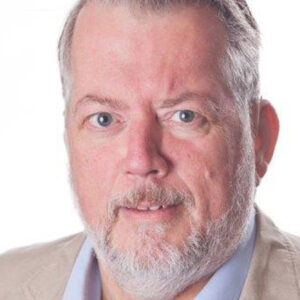
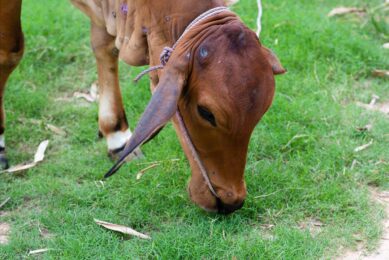
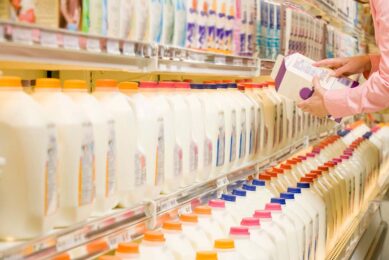


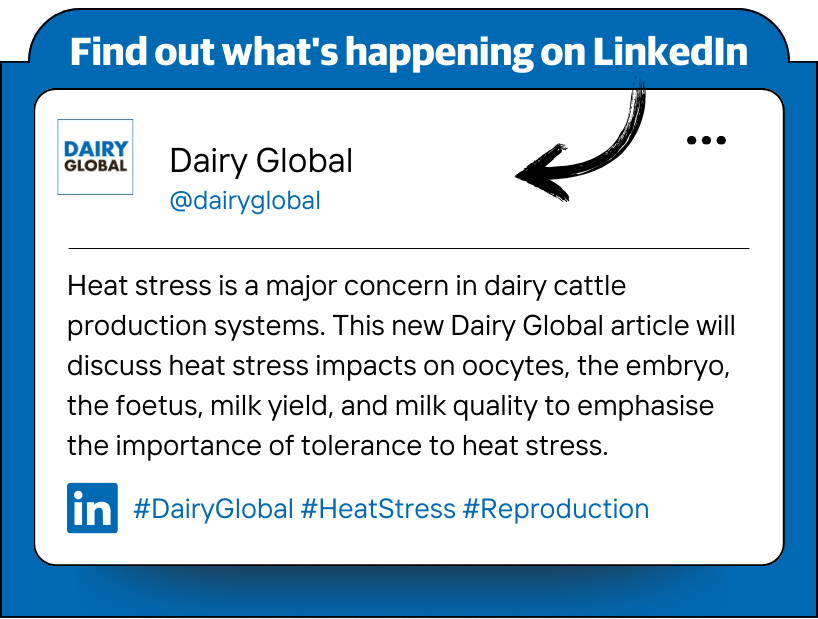



 WP Admin
WP Admin  Bewerk bericht
Bewerk bericht